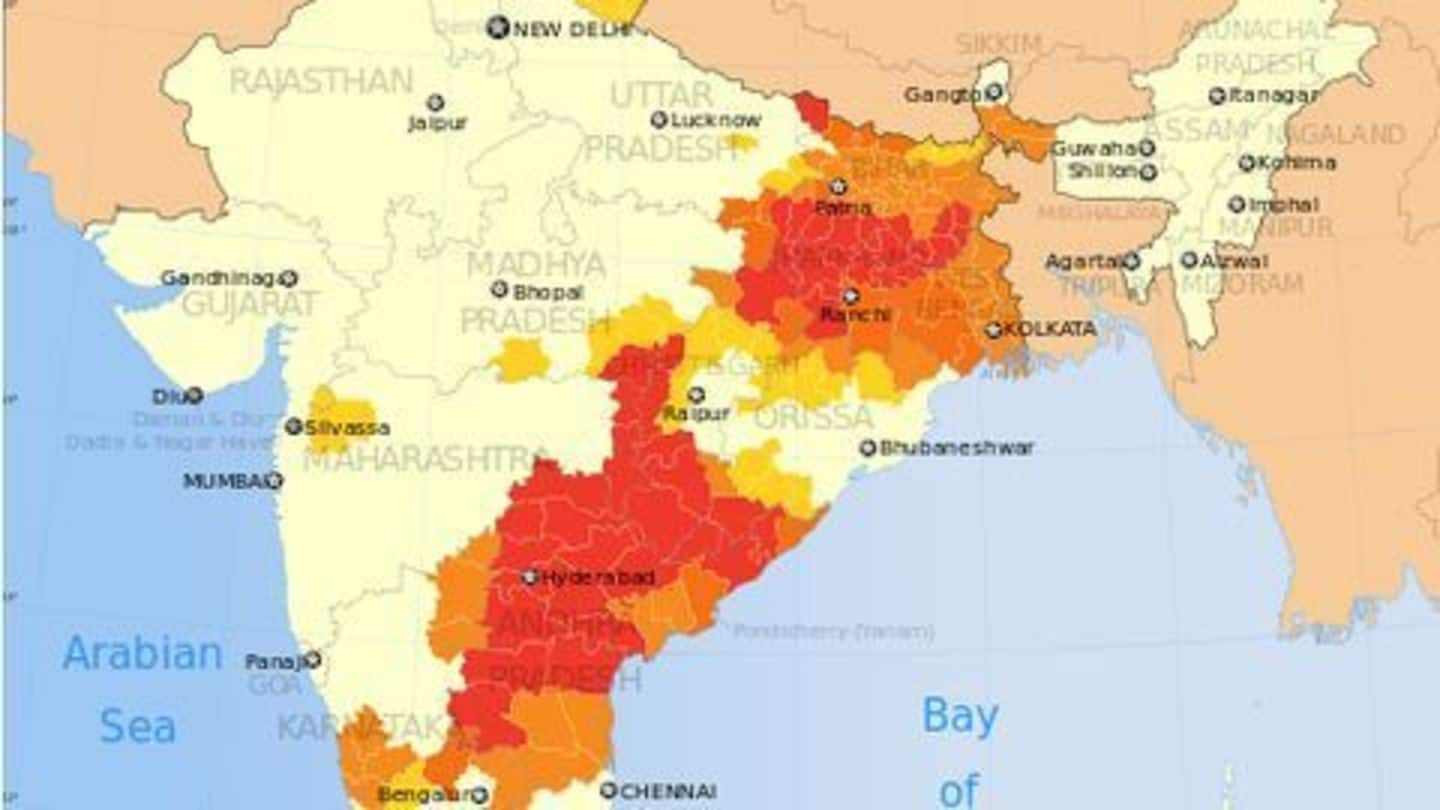
50 years fighting Naxalism: How much has the government spent?
What's the story
It has been 50 years since the Naxalite movement took shape in Naxalbari in West Bengal. Starting off as an armed peasant's uprising, the movement has morphed into a full-fledged guerrilla army and has been termed India's largest internal threat.
The government has so far spent hundreds of crores of rupees trying to better defend and economically develop Naxal-affected areas.
History
Naxalite-Maoist movement in India
The movement took shape when Charu Mazumdar, Kanu Sanyal and Jangal Santhal formed the Communist Party of India (Marxist) at Naxalbari in West Bengal in 1967.
They justified their violent acts through the Chinese Marxism, embodied in Maoist philosophy. The resurgent version of Naxalism in early 2000s started to be classified under Maoism. It aims at orchestrating the armed overthrow of the Indian state.
Do you know?
The Red Corridor
"Red Corridor" refers to a stretch of territory in East India stretching from West Bengal to Karnataka covering districts including MP, UP, Chhattisgarh and Jharkhand. 44 districts in the Red Corridor are said to be worst affected making them a special focus for centre.
Expenses
What does the government spend on?
Handling Naxalism falls under "law and order" and hence under the states' mandate. Centre doles out funds in order to assist naxal-affected states with respect to police modernization and improving intelligence and monitoring.
It separately bears expenses for the paramilitary forces deployed in naxal-affected areas.
The government further has schemes aimed at economic development including for construction of roads and improving connectivity.
SRE & SIS
Security related schemes
Under the Security Related Expenditure scheme, the centre covers security related infrastructure, insurance and operational needs of security forces and so on. According to an RTI petition the government spent Rs. 549 crore on SRE from 2006 to 2011.
Under the Special Infrastructure Scheme, centre released Rs. 567.95 crore to plug gaps in security infrastructure and modernize forces from 2008 to 2015.
Development
Integrated Assistance Programme
IAP is a central government assistance program where Rs. 30 crore is annually provided to districts identified as worst affected by LWE by the Ministry of Home Affairs, on the basis of various parameters including violence profile and local logistical support to Maoists.
Under the program, a district level committee is tasked with utilizing the funds for developmental purposes.
Connectivity
Mobile towers and roads
Under the Road Requirement Plan commenced in 2009, the government has completed 3858 kms of road, incurring expenses worth Rs. 5,262 crore.
The Union Cabinet further approved construction of mobile towers in 2199 locations identified in consultation with the BSNL and LWE affected state governments.
It further provides Rs. 3 lakh per paramilitary company to engage in welfare activities in areas where they're deployed.
Analysis
Growing troubles
In 50 years, the Naxalite movement has significantly drained resources from the Indian government. It further bears extra spending on losses to life and property resulting out of Maoist attacks.
Given the surge in Maoist attacks, after reducing the number of districts under IAP, and worsening situation in the Kashmir valley, India would further have to hike its internal security spending.